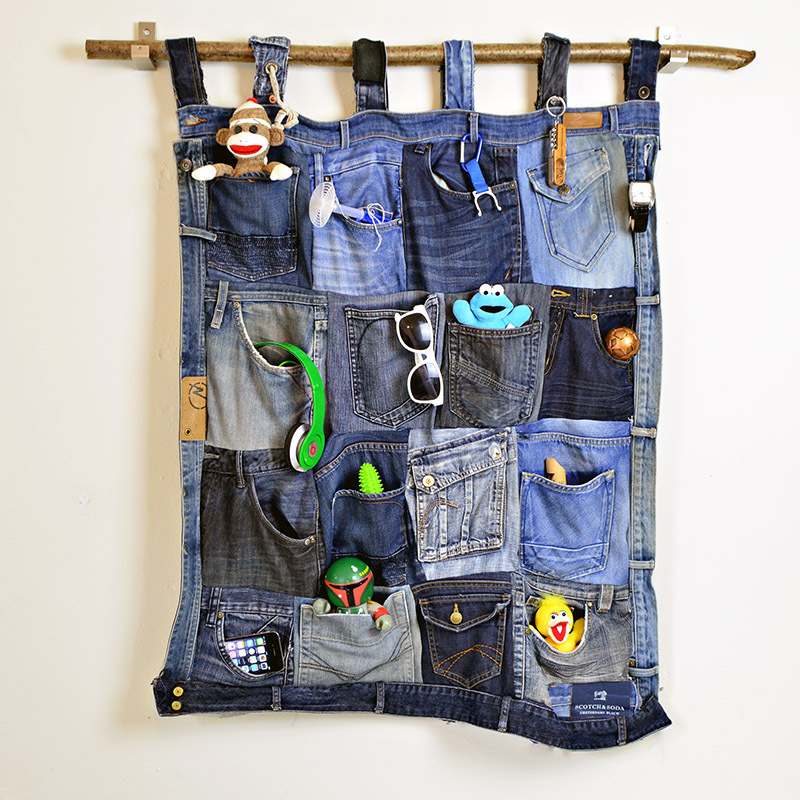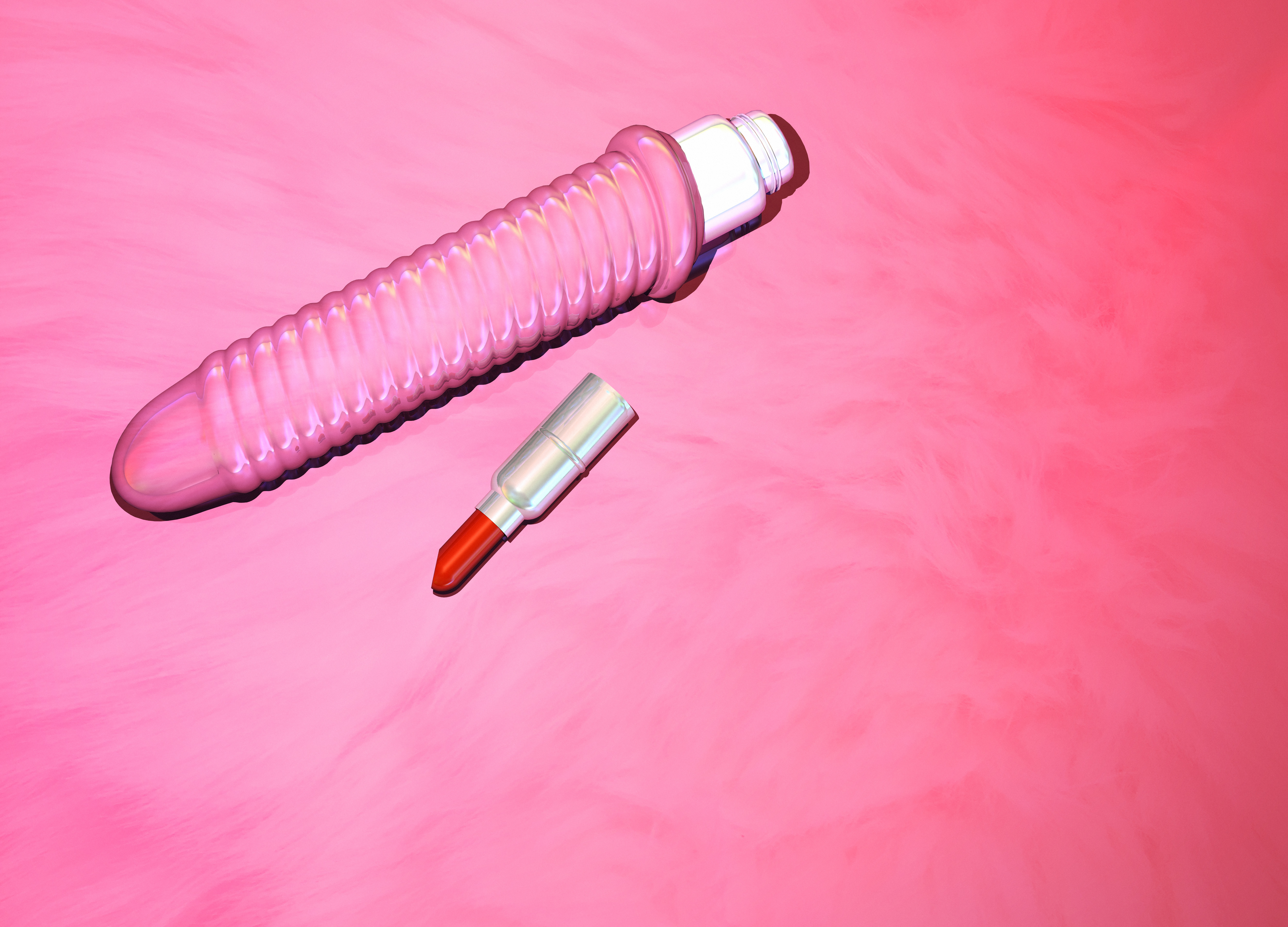There are some traditional toys and games no child should ever go without, says Tom Karen, a 95-year-old toymaker who lives in Cambridge, “like loveable dolls, soft toys, Lego, Monopoly, Connect Four – and yes, the Marble Run.”
Karen invented the Marble Run in the 1960s after noticing how his own children found marbles thrilling. “I was surprised how much pleasure they got from a fixed run where all you could do was feed marbles at the top and watch them zig zag their way down,” he says. “It occurred to me, if a marble run could be constructed in different ways it would provide a creative challenge, with a very pleasing reward – it would make a hugely satisfying toy.”
The nonagenarian invented the toy while working as managing director and chief designer at Ogle Design, where he also invented the Raleigh Chopper bicycle. He sold Marble Run to Kiddicraft, where it was rebranded ‘Builda, Helta, Skelta,’ but “commercial naivety” meant he failed to secure the royalties when the company was sold – and the design has been much-copied since.
Still, the toy – which gives children an early experience with the principles of engineering, he says – is one of his “proudest achievements”.

Karen officially retired in 1999, but when we speak, the designer says he’s been working on new toys “during the last few days”. His passion for his craft has been alive since childhood, he says. In the 1930s, Karen and his family left their hometown of Brno, Czechoslovakia, to flee from Hitler’s Nazi Party. Three years later, they arrived in the UK. “Perhaps my love of toys comes from having to leave them behind when I wasn’t ready for it – I recall clearly why I loved them.”
A progressive thinker and a romantic, Karen approached Matchbox and Airfix – two popular toy-making brands – during his career, “pointing out they were neglecting the potential market for girls”, but he says he “found them too deeply rooted in their path.” He also regrets a trend where “the emphasis [is] on making profits – necessary as this is”.

In recent years, Karen spends a lot of time designing toys for his grandchildren, and has also created a range of toy birds to raise money for the children’s unit at Addenbrooke’s Hospital in Cambridge.
David Plagerston, 79, of Totnes in Devon, started making toys in the early 70s for the children he taught in Bethnal Green, east London and, like Karen, is still designing today. He’d been making toys for his daughter, back in 1971, and, through a “whole series of happy accidents”, got into making a living that way.
In the 50 years since, he’s made a successful career making Noah’s Arks toys crafted out of carved wood – inspired by the arks in the Bethnal Green Museum of Childhood, near where he worked in the 1970s.
The arks are individually carved and can sell for thousands. A recent customer “had loads and loads of animals,” says Plagerston. “He must have got close to four grand or something like that.”
Making Mrs Noah is most difficult, he says. “If you make an animal that is not 100% right, nobody cares. I’d make a Mrs Noah and my wife would say, ‘Gosh she really looks sour puss, she looks like she’s having a bad day.’ We have high expectations of our females looking nice.
“Sometimes, my wife would say, ‘Ooh she looks constipated!’”

Plagerston has made arks for JK Rowling, the filmmaker Mike Leigh and Roger Waters of Pink Floyd – “I traded a Noah’s Ark for a pile of his records”.
Why the huge public love for the arks, then? “I think there’s a deep psychic attraction,” he says. “Noah’s Arks are a type of archetype story. What you need is a safe home – and that safe home for Noah and his family was a Noah’s Ark, where he took all the animals on board.”
The workload is still constant: Plagerston mentions an ark that has to be shipped imminently, from “somebody who I’ve learned has bought four arks over the years, which is probably a record,” he says of the buyer.
Only arthritis or weakened eyesight would stop him from crafting more arks, he says. “I describe myself as a compulsive maker, I have to be making something in order to be happy, I don’t mind what I make, whether it’s something I need for the house or garden.”
Karen has discovered technology, as well as health, are the blocks to his continued work. “The attitude to toys and games have evolved with the advent of electronics, leaving me largely stranded but often full of admiration,” he adds.

But Karen also still works, designing from his home. And last year he wrote his second book. He foresees a future where the world of classic toys co-exists with new-fangled technological ones in harmony. As he says: “Experience tells me that there will always be room for toys that are used creatively.”
Images of Tom Karen are taken from Martin Mortimore’s film, Tom Karen: A Designer on Form.
You’re reading Covid-Free Zone, a section designed to offer a little respite during the pandemic. For more fun and escapism, browse the articles here.
Karen invented the Marble Run in the 1960s after noticing how his own children found marbles thrilling. “I was surprised how much pleasure they got from a fixed run where all you could do was feed marbles at the top and watch them zig zag their way down,” he says. “It occurred to me, if a marble run could be constructed in different ways it would provide a creative challenge, with a very pleasing reward – it would make a hugely satisfying toy.”
The nonagenarian invented the toy while working as managing director and chief designer at Ogle Design, where he also invented the Raleigh Chopper bicycle. He sold Marble Run to Kiddicraft, where it was rebranded ‘Builda, Helta, Skelta,’ but “commercial naivety” meant he failed to secure the royalties when the company was sold – and the design has been much-copied since.
Still, the toy – which gives children an early experience with the principles of engineering, he says – is one of his “proudest achievements”.

Karen officially retired in 1999, but when we speak, the designer says he’s been working on new toys “during the last few days”. His passion for his craft has been alive since childhood, he says. In the 1930s, Karen and his family left their hometown of Brno, Czechoslovakia, to flee from Hitler’s Nazi Party. Three years later, they arrived in the UK. “Perhaps my love of toys comes from having to leave them behind when I wasn’t ready for it – I recall clearly why I loved them.”
A progressive thinker and a romantic, Karen approached Matchbox and Airfix – two popular toy-making brands – during his career, “pointing out they were neglecting the potential market for girls”, but he says he “found them too deeply rooted in their path.” He also regrets a trend where “the emphasis [is] on making profits – necessary as this is”.

In recent years, Karen spends a lot of time designing toys for his grandchildren, and has also created a range of toy birds to raise money for the children’s unit at Addenbrooke’s Hospital in Cambridge.
Perhaps my love of toys comes from having to leave them behind when I wasn’t ready for it.Tom Karen
David Plagerston, 79, of Totnes in Devon, started making toys in the early 70s for the children he taught in Bethnal Green, east London and, like Karen, is still designing today. He’d been making toys for his daughter, back in 1971, and, through a “whole series of happy accidents”, got into making a living that way.
In the 50 years since, he’s made a successful career making Noah’s Arks toys crafted out of carved wood – inspired by the arks in the Bethnal Green Museum of Childhood, near where he worked in the 1970s.
The arks are individually carved and can sell for thousands. A recent customer “had loads and loads of animals,” says Plagerston. “He must have got close to four grand or something like that.”
Making Mrs Noah is most difficult, he says. “If you make an animal that is not 100% right, nobody cares. I’d make a Mrs Noah and my wife would say, ‘Gosh she really looks sour puss, she looks like she’s having a bad day.’ We have high expectations of our females looking nice.
“Sometimes, my wife would say, ‘Ooh she looks constipated!’”

Plagerston has made arks for JK Rowling, the filmmaker Mike Leigh and Roger Waters of Pink Floyd – “I traded a Noah’s Ark for a pile of his records”.
Why the huge public love for the arks, then? “I think there’s a deep psychic attraction,” he says. “Noah’s Arks are a type of archetype story. What you need is a safe home – and that safe home for Noah and his family was a Noah’s Ark, where he took all the animals on board.”
The workload is still constant: Plagerston mentions an ark that has to be shipped imminently, from “somebody who I’ve learned has bought four arks over the years, which is probably a record,” he says of the buyer.
I describe myself as a compulsive maker.David Plagerston
Only arthritis or weakened eyesight would stop him from crafting more arks, he says. “I describe myself as a compulsive maker, I have to be making something in order to be happy, I don’t mind what I make, whether it’s something I need for the house or garden.”
Karen has discovered technology, as well as health, are the blocks to his continued work. “The attitude to toys and games have evolved with the advent of electronics, leaving me largely stranded but often full of admiration,” he adds.

But Karen also still works, designing from his home. And last year he wrote his second book. He foresees a future where the world of classic toys co-exists with new-fangled technological ones in harmony. As he says: “Experience tells me that there will always be room for toys that are used creatively.”
Images of Tom Karen are taken from Martin Mortimore’s film, Tom Karen: A Designer on Form.
You’re reading Covid-Free Zone, a section designed to offer a little respite during the pandemic. For more fun and escapism, browse the articles here.



